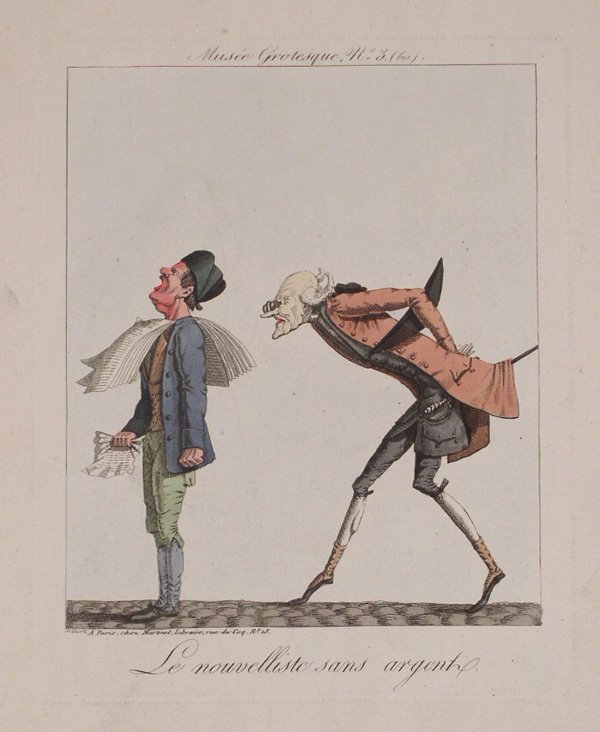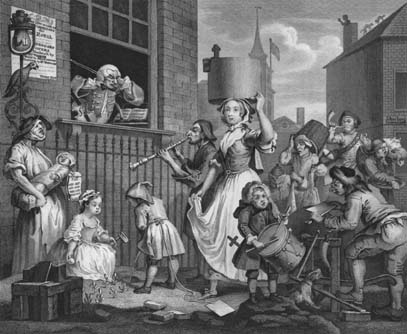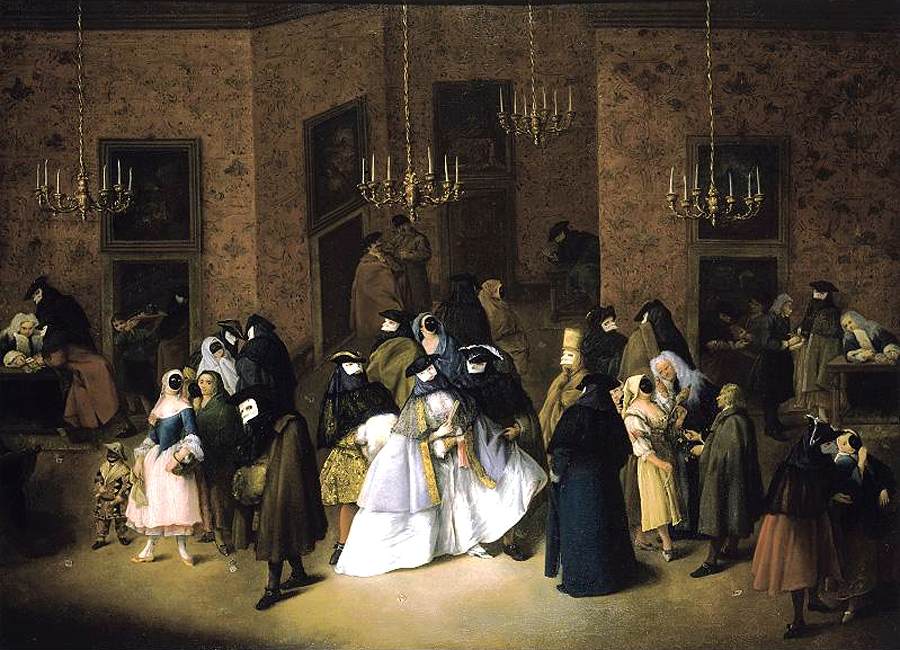The movie opens dramatically with a nude choir boy warning the future Farinelli to not "let them do this to you" and then leaping to his death in church. Young Farinelli (Stefano Dionisi) is understandably traumatized and begs his father not to be castrated. Fast forward and adult Farinelli is pleasing crowds with his soprano voice, instantly making you wonder, what happened in-between? Did he change his mind, why the change of heart? Farinelli's singing talents win him fame across Europe so he is constantly on the road performing in ensembles that would make Prince Poppycock swoon. Always at his side is Farinelli's elder brother, Riccardo (Enrico Lo Verso), a lackluster composer riding on the coattails of his brother's success. The two brothers share everything, including the endless stream of groupies seeking to be Farinelli's bedfellows. But it isn't long before Farinelli tires of his brother's manipulation and that's when things get extremely complicated.
Although slow in a couple of sceanes, I really enjoyed Farinelli. I was fascinated by the relationship the Broschi brothers had with one another and happy that the subtle love story didn't take over the film. As I mentioned before, the filmmakers wouldn't allow you to forget what Farinelli was lacking although Farinelli himself seemed to be at peace with the idea, a far cry from when he begged his father not to be castrated in the beginning of the film. Despite that ever so slight flaw, Farinelli was a great movie: a great story, talented actors, and wonderful set design. I would recommend this movie to both 18th century enthusiasts and music lovers. Although those who are repelled by subtitles should be aware that this is a French film so there is a certain amount of reading required. Perhaps my favorite aspect of the movie, though, was the ending which was both satisfying and sweet.
*Castrati were male soprano singers who were castrated before they hit puberty in order to preserve their sweet voices





















